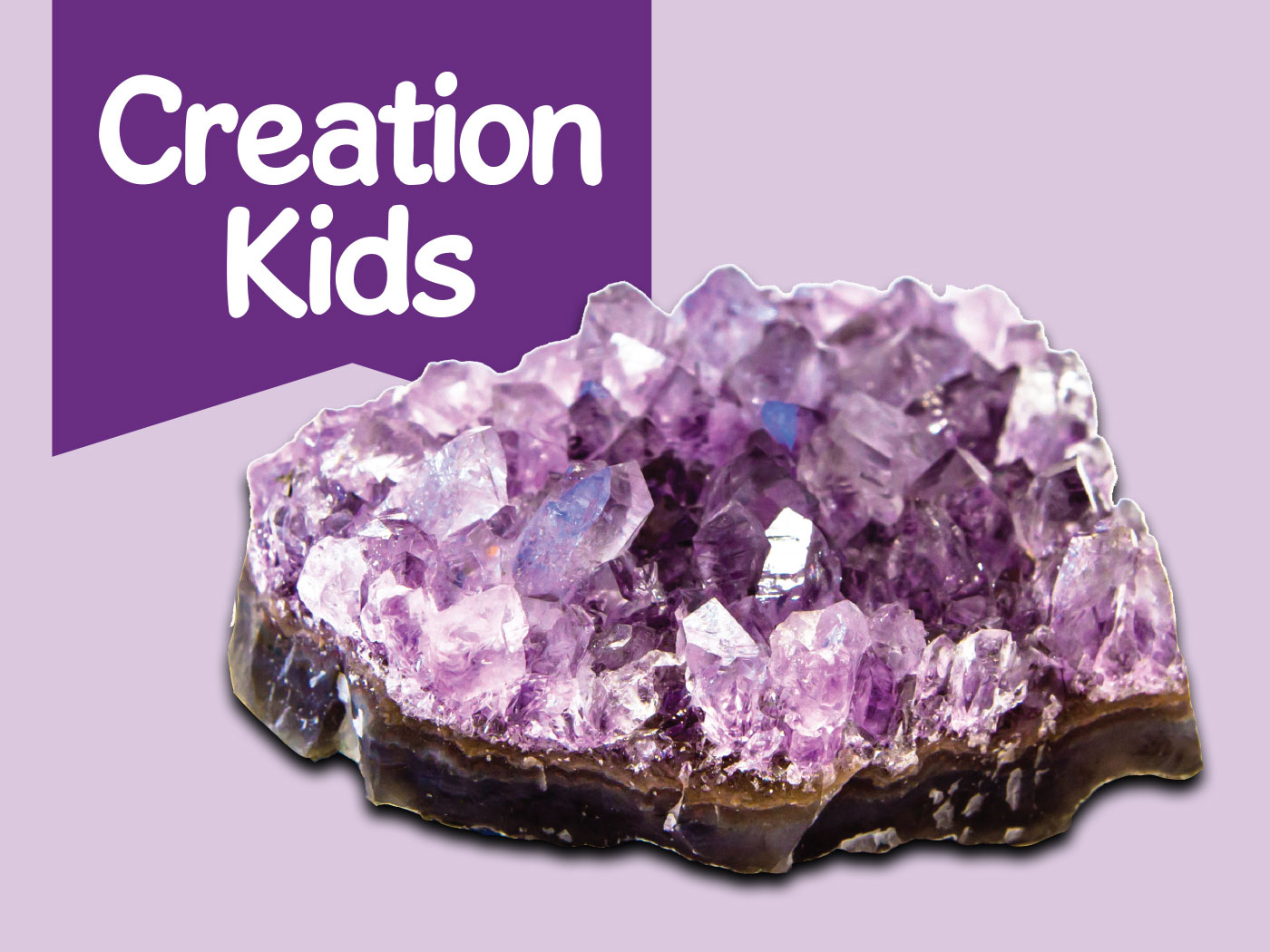Insects of all types continue to amaze entomologists with their design and physiology. Cleveland Hickman, Jr., et al. stated, “insect ears are beautifully designed to detect the sound of a potential mate, a rival male, or a predator.”1 Agreed. The Master Designer has perfectly equipped insects with the ability to sense their predators through hearing or other methods so they know to escape.
This is certainly true of the moth, which has a remarkable ability to sense and evade its nemesis, the hungry bat.2,3 The moth detects ultrasonic frequencies emitted from the bat via specially designed cells so the moth knows to begin evasive maneuvers.
Researchers at the University of Bristol in England have discovered that moths of the genus Yponomeuta are designed with a unique acoustic defense against the bat. The mystery of how the moth produces its warning sound has finally been solved. Yponomeuta “produce[s] ultrasonic clicking sounds twice per wingbeat cycle using a minute corrugated membrane in their hindwing.”4 This is all the more amazing because the moths do not have hearing organs, and they are not able to control this defense mechanism.
Regardless, the muscular action of their wingbeat causes a phenomenon called “aeroelastic tymbal.” This is a sudden snap-through of individual ridges of a corrugated patch in the moth’s hindwings—“The sudden snap-through of these features vibrates an adjacent membrane, significantly amplifying the strength and direction of the produced sound.”4
The mechanism itself and how it works to make the defensive sound are incredibly detailed and finely engineered. A Proceedings of the National Academy of Sciences article describes their efforts in researching Yponomeuta moths’ amazing ability:
The resulting bursts of clicks serve as an ultrasound protection mechanism against bats. Using detailed biological and mechanical characterization, we map the intricate morphology of aeroelastic tymbals and use simple models from structural engineering to describe the mechanics and acoustics of sequential, buckling-driven sound production.5
Biologist Marc Holderied of the University of Bristol shared the goal of their research and summarized what they accomplished regarding the choreographed biomechanics of the clicking sound.
“Our goal in this research was to understand how the corrugations in these tymbals can buckle and snap through in a choreographed way to produce a chain of broadband clicks. With this study, we unfolded the biomechanics that triggers the buckling sequence and shed light on how the clicking sounds are emitted through tymbal resonance [reverberating of sound by reflection from a surface].”4
From the above paragraphs one would be hard-pressed to see how chance and time could produce such specific tymbal resonance.
Although the researchers should be commended with their investigation and discovery of Yponomeuta’s exceptional acoustic defense, evolutionists are no closer to determining the origin of moths from a non-moth ancestor or how this specific clicking protection evolved.
Recently, moth fossils imbedded in both ancient amber and rocks have been analyzed in excruciating detail. Using a variety of high-powered microscopes, scientists wanted to see how much evolution occurred in the alleged 200 million years separating the fossils from their modern living versions. But the ancient creatures are exactly the same as the modern. So, why didn’t the little rascals evolve?6
Scientists still struggle to find evidence for moth evolution. However, biologists have once again7 recognized in these moths how God’s creatures—created thousands of years ago—may inspire human engineering projects to help our lives.
In the past, elastic instabilities observed in the natural world, such as in the Venus fly trap, have motivated engineers to develop novel bioinspired soft robots and morphing structures. In this vein, exploiting sequential buckling could lead to novel shape-changing structures, where buckling-induced sound production offers additional and currently unexplored functionality.5
Alberto Pirrera, professor of nonlinear structural mechanics at the Bristol Composites Institute, stated, “The natural world, once again, serves as a source of inspiration.”4 Creationists would rather say it’s the Lord Jesus’ world and give Him the glory. Christians will continue to worship Him and not vague naturalistic processes.
References
- Hickman, C., Jr. et al. 2020. Integrated Principles of Zoology. New York, NY: McGraw Hill, 747.
- Sherwin, F. The Passive Stealth Wing of the Moth. Creation Science Update. Posted on ICR.org August 22, 2022.
- Sherwin, F. 2015. The Ultrasonic War Between Bats and Moths. Acts & Facts. 44 (10): 15.
- Mystery of moths’ warning sound production explained in new study. University of Bristol. Posted on phys.org February 5, 2024.
- Nava, H. et al. 2024. Buckling-induced sound production in the aeroelastic tymbals of Yponomeuta. Proceedings of the National Academy of Sciences. 121 (7).
- Tomkins, J. Moth Fossils Pester Insect Evolution. Creation Science Update. Posted on ICR.org April 26, 2018.
- Thomas, B. Moth Eye Technology Proves Difficult to Copy. Creation Science Update. Posted on ICR.org June 14, 2010.
Stage image: Yponomeuta malinellus
Stage image credit: Copyright © Jeremy deWaard, University of British Columbia, 2008. Used in accordance with federal copyright (fair use doctrine) law. Usage by ICR does not imply endorsement of copyright holder.
* Dr. Sherwin is science news writer at the Institute for Creation Research. He earned an M.A. in zoology from the University of Northern Colorado and received an Honorary Doctorate of Science from Pensacola Christian College.


















